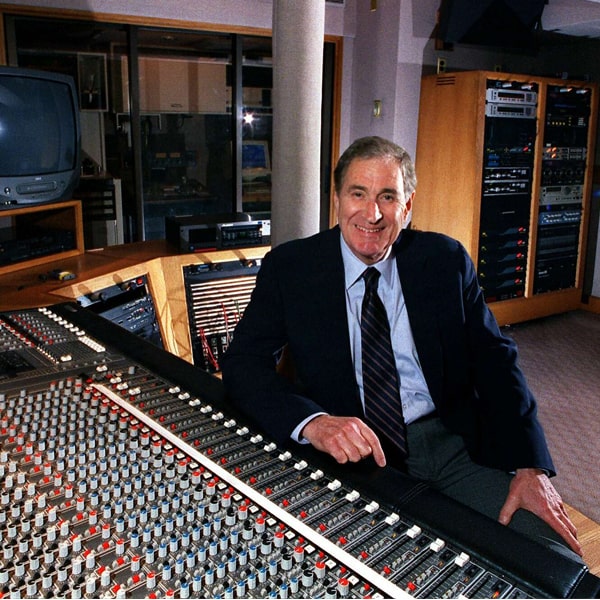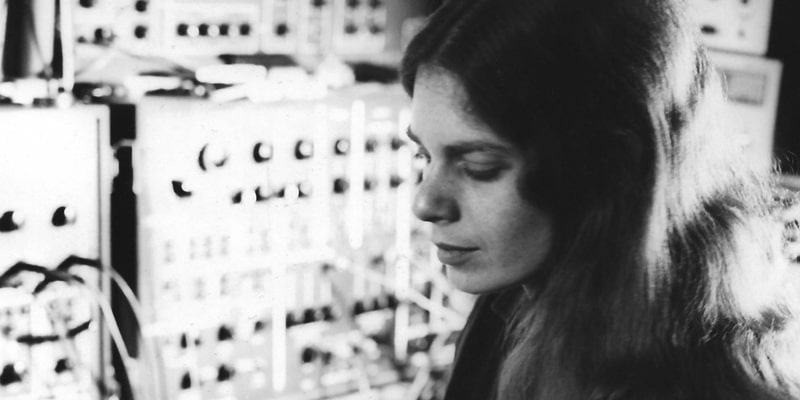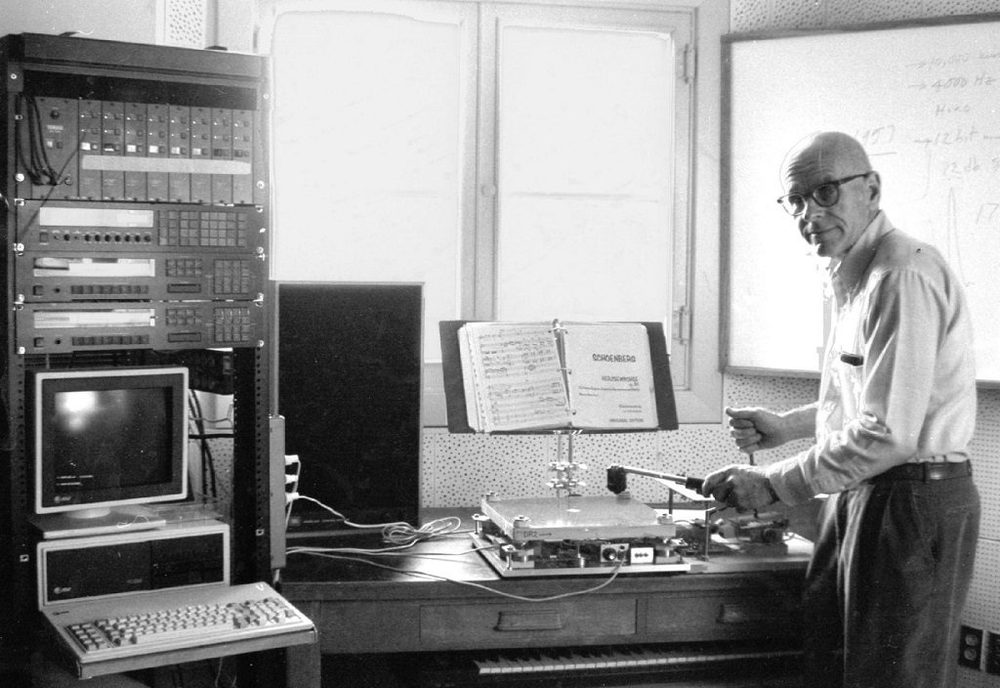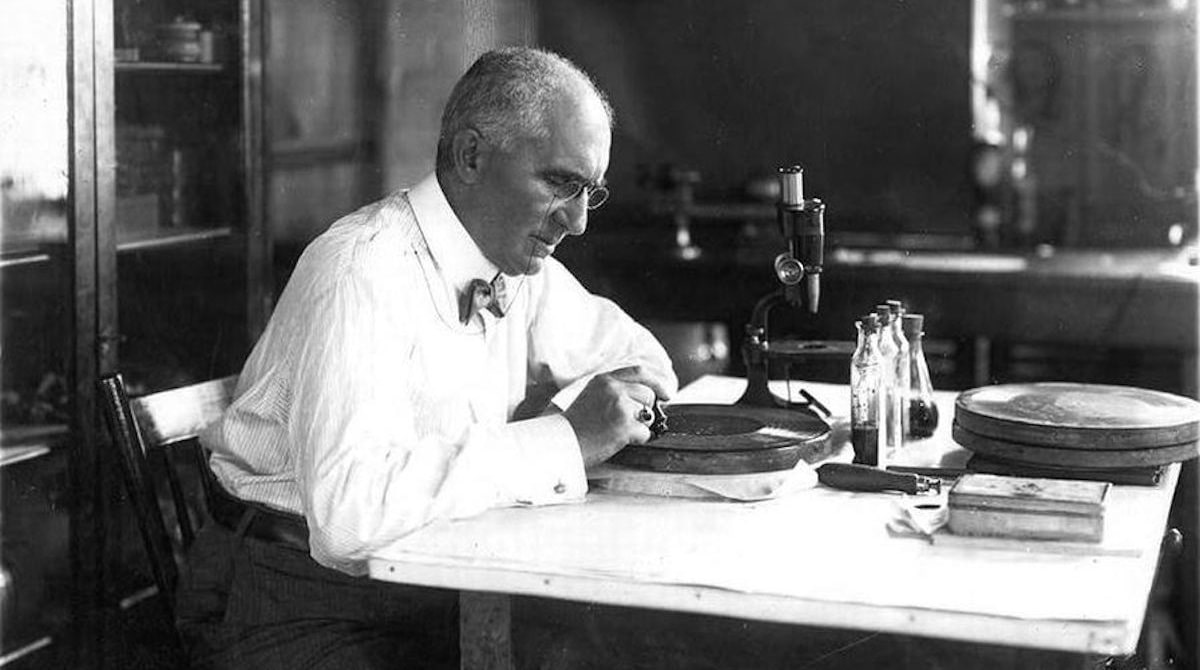Ray Dolby (1933–2013), an American engineer and inventor, revolutionized how people hear recorded sound. His groundbreaking technologies transformed the music and film industries. The name “Dolby” became a global symbol of quality, appearing in movie theaters (Dolby Stereo) and on cassette recorders, video games, and televisions.
The Roots of Genius and Early Innovations
Ray Milton Dolby was born on January 18, 1933, in Portland, Oregon. He grew up in California, where his father, inventor Earl Milton Dolby, nurtured his curiosity about how things worked, while his mother, Esther, inspired his love of music. In his youth, he played both the piano and clarinet, developing a lasting fascination with sound, film, and photography.
At just 16, in 1949, Dolby started working part-time at Ampex Corporation, a company that specialized in magnetic recording systems. While studying, he continued to contribute to Ampex and played a key role in developing the electronics for the world’s first practical video tape recorder (VTR) used in broadcast television. He achieved this milestone before turning 20 and later shared in the Emmy Award granted to Ampex for the invention.
Dolby earned his Bachelor of Science (B.Sc.) degree in electrical engineering from Stanford University in 1957. Soon after, he received a Marshall Scholarship to study physics at Cambridge University in England. There he completed a Doctor of Philosophy (Ph.D.) in 1961, conducting research on long-wavelength X-ray microanalysis (Long wavelength X-ray microanalysis). While at Cambridge, he continued to explore his passion for music, recording live performances on his professional Ampex 600 open-reel recorder.
The Invention Born in India
After finishing his studies, Dolby served as a technical advisor for the United Nations Educational, Scientific and Cultural Organization (UNESCO) in India between 1963 and 1965. During his time in New Delhi and Chandigarh, he traveled extensively and recorded local musicians. Dolby often struggled with the persistent hiss in magnetic sound recordings, which frustrated him for years. While listening to his recordings from India, he suddenly realized how to solve the problem. That insight led him to create the Dolby A301 noise reduction system.
When he returned to England in 1965, Dolby established Dolby Laboratories in London, turning his idea into a company that would reshape sound technology.
The Noise Reduction Revolution
Dolby’s patented Noise Reduction system (U.S. Patent No. 3,846,719) electronically reduced the constant hiss in analog magnetic recording. It produced a cleaner and more natural sound without distorting the original signal.
The system worked by passing audio through an encoder during recording and a decoder during playback. It compressed low-level high-frequency sounds while recording and expanded them symmetrically during playback. This process significantly reduced the audible hiss on tape.
- Dolby A-type: The first professional noise reduction system, operating across four frequency bands. Decca Records in London became the first client, releasing the debut recording processed with the system in 1966.
- Dolby B-type: Since professional “Dolby A” equipment was expensive (the first filter cost £700, equivalent to about £11,000 today), Dolby created a simpler version for consumers. The B-type system targeted high-frequency noise on compact cassettes, where hiss was most noticeable. By the late 1970s, it had become standard in nearly all hi-fi cassette players. Dolby’s decision to license Dolby B-type technology to consumer electronics manufacturers helped the company grow rapidly.

Changing the Sound of Cinema
During the 1970s, Dolby and his team expanded their focus to the film industry. In 1976, the company moved its headquarters to San Francisco, close to the heart of America’s movie production.
Dolby noticed that the optical sound used in cinema suffered from excessive background noise. To mask this problem, theaters often reduced their systems’ high-frequency response. In 1975, he introduced Dolby Stereo, later known as Dolby Stereo Digital and eventually Dolby Digital.
The film A Star Is Born (1976) was the first to feature Dolby Stereo. This innovation delivered the first true LCRS (Left-Center-Right-Surround) soundtrack and transformed movie sound forever. Films like Apocalypse Now and Star Wars (1977) offered audiences a completely new, immersive audio experience. Director George Lucas praised Dolby’s contribution, saying that his technology allowed Star Wars to become the truly immersive experience he had always envisioned.
Legacy and Philosophy
Ray Dolby combined the roles of engineer, inventor, entrepreneur, philanthropist, pilot, and sailor. Even while battling Alzheimer’s disease and acute leukemia, he continued to pursue innovation and creativity.
Throughout his career, he earned more than 50 U.S. patents. His philosophy on invention was deeply insightful: “To be an inventor, you have to be willing to live with a sense of uncertainty, to work in this darkness and grope towards an answer, to put up with anxiety about whether there is an answer.”
Dolby founded his company with a belief in innovation, human potential, and the value of creative freedom. He remained committed to nurturing talent and ideas that improved how people experience sound. Ray Dolby passed away on September 12, 2013, in San Francisco at the age of 80.
Kevin Yeaman, President and CEO of Dolby Laboratories, noted that Ray Dolby “left behind a remarkable legacy.”
Recognition and Awards
Ray Dolby received numerous awards honoring his contributions to science and art:
• Academy Awards (Oscars): Scientific and Engineering Award (1979) and the Academy Award of Merit statuette (1989).
• National Medal of Technology: Awarded in 1997.
• Emmy Awards: Multiple honors, including recognition for the Ampex videotape recorder and his work at Dolby Laboratories.
• Grammy Award: Special Merit/Technical Grammy Award in 1995.
• National Inventors Hall of Fame: Inducted in 2004.
• Honorary Officer of the Order of the British Empire (OBE): Received in 1986.
• IEEE Edison Medal: Awarded in 2010.
• Star on the Hollywood Walk of Fame: Granted posthumously in 2015.
The Dolby family also showed deep commitment to Cambridge University through generous philanthropic gifts. They donated £85 million to the Cavendish Laboratory to fund a physics professorship and construct the Ray Dolby Centre. In San Francisco, the family supported the symphony orchestra, opera, and stem cell research at UCSF.
Ray Dolby bridged the worlds of art and science with remarkable ease. His inventions expanded creative possibilities for musicians and filmmakers alike. He forever changed how people listen to music, watch television, and experience movies.
To explore another visionary who transformed the world of audio, discover Pierre Schaeffer, the father of musique concrète.






